Category: Power Platform

Power Apps Portals: Customizing the Rendering of Notes and Activities
April 16, 2020 3 Min.To ReadI’ve always been an advocate for using CSS to control the visibility of out-of-the-box Power Apps Portals features. Unfortunately, sometimes CSS isn’t enough, and you do have use JavaScript. And even then, sometimes you have to resort to some exotic techniques – one of those times is customizing some aspects of how notes and activities are rendered on Power Apps Portals.
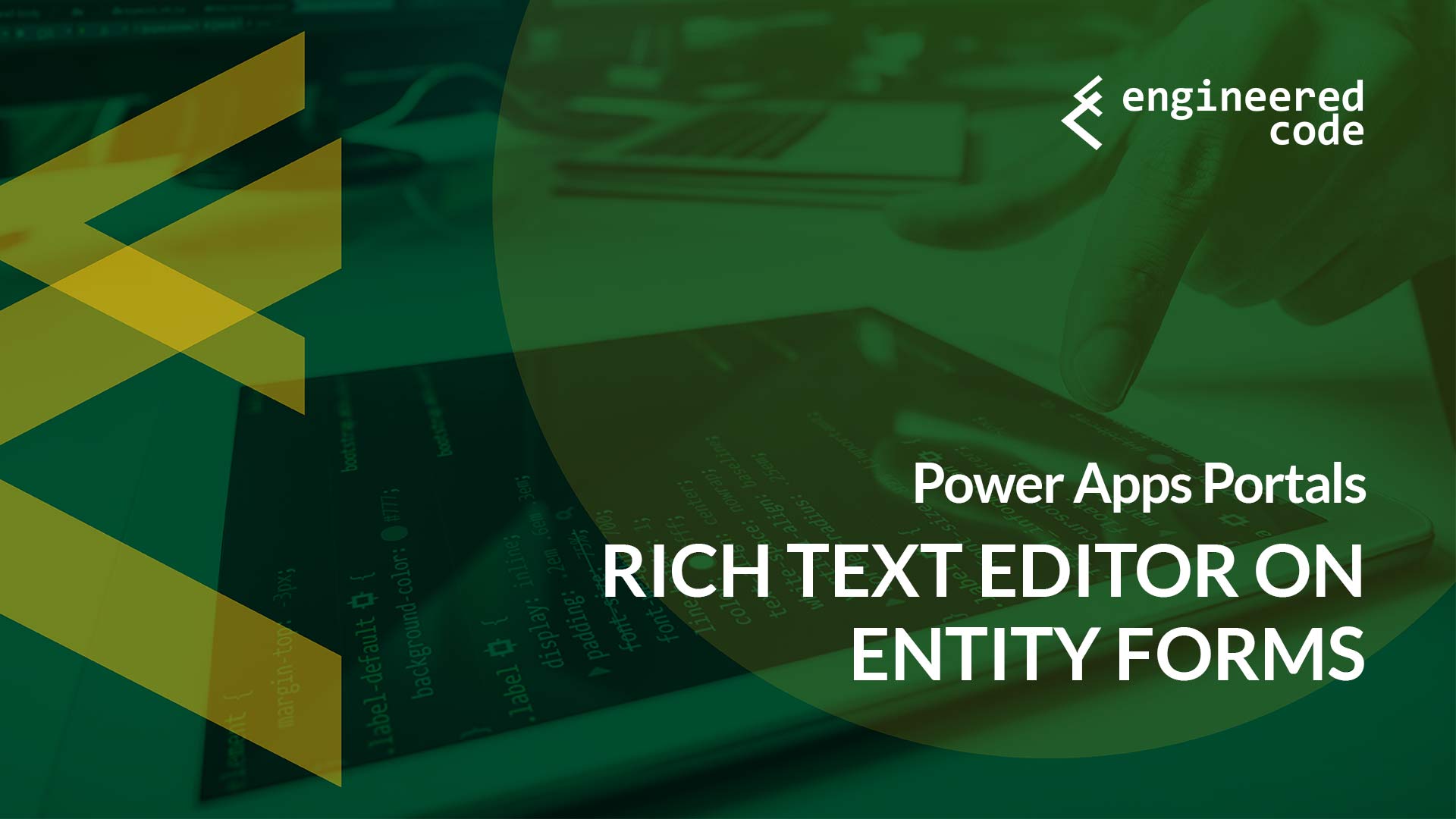
Power Apps Portals: Rich Text Editor on Entity Forms
April 9, 2020 3 Min.To ReadI’ve been asked a few times about how you can add a rich text editor to Entity Forms or Web Forms on Power Apps Portals, and while I haven’t had the need to do this for a real implementation, I was curious to try it out. In the process, I found out about a setting I didn’t know existed that’s been around for at least a few years.
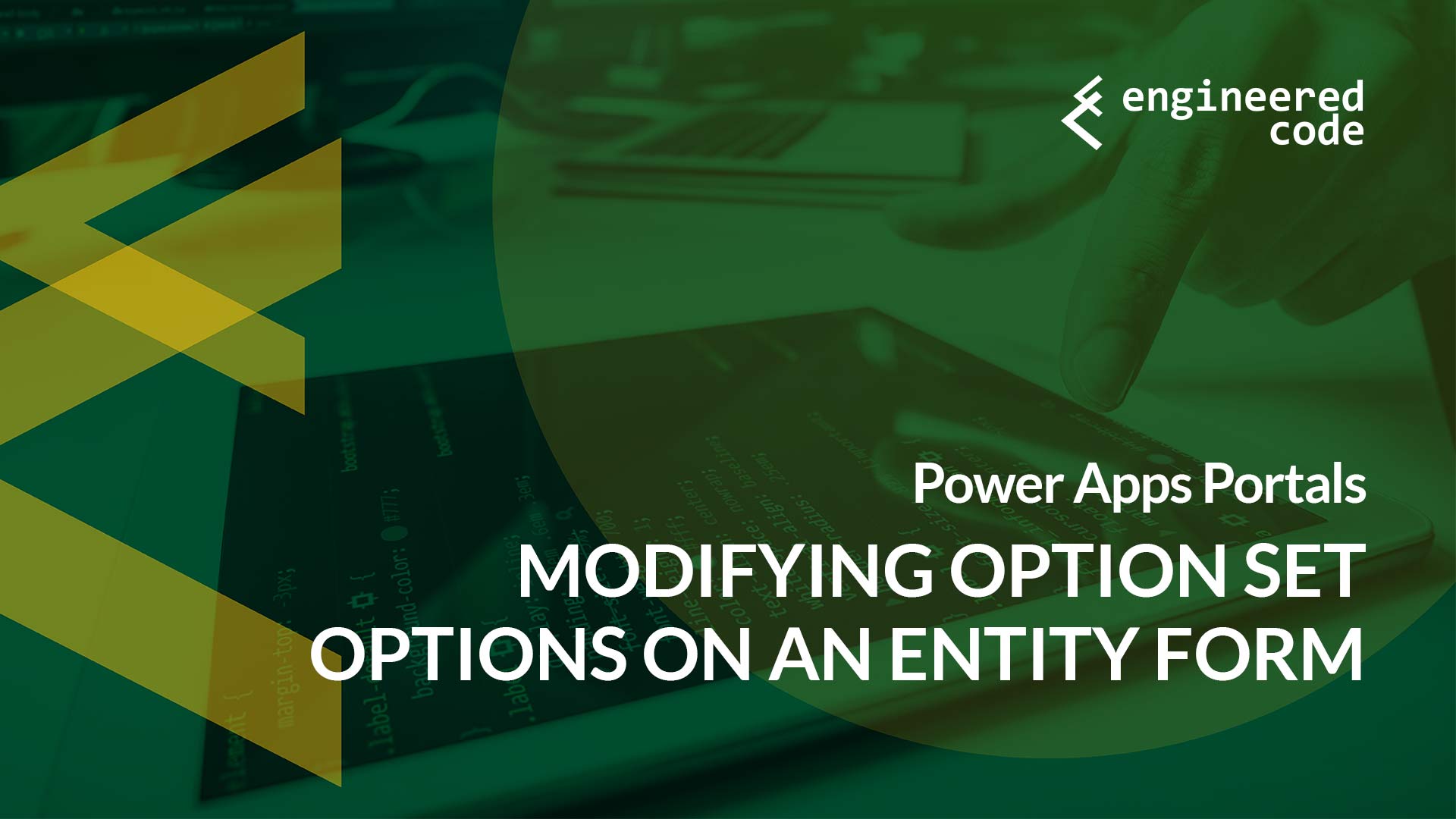
Power Apps Portals: Modifying Option Set Options on an Entity Form
March 12, 2020 3 Min.To ReadIf you’ve come from the world of Dynamics 365 (or CRM…) and are starting to work with Portals, it can be frustrating when you discover that client-side JavaScript code that works great in your model-driven app doesn’t work on a Power Apps Portal – especially because Entity Forms and Web Forms are marketed as a technology that exposes your existing forms to the web. This post we look at why it doesn’t translate, and provide some code that solves a common request: modifying the available options in an option set.
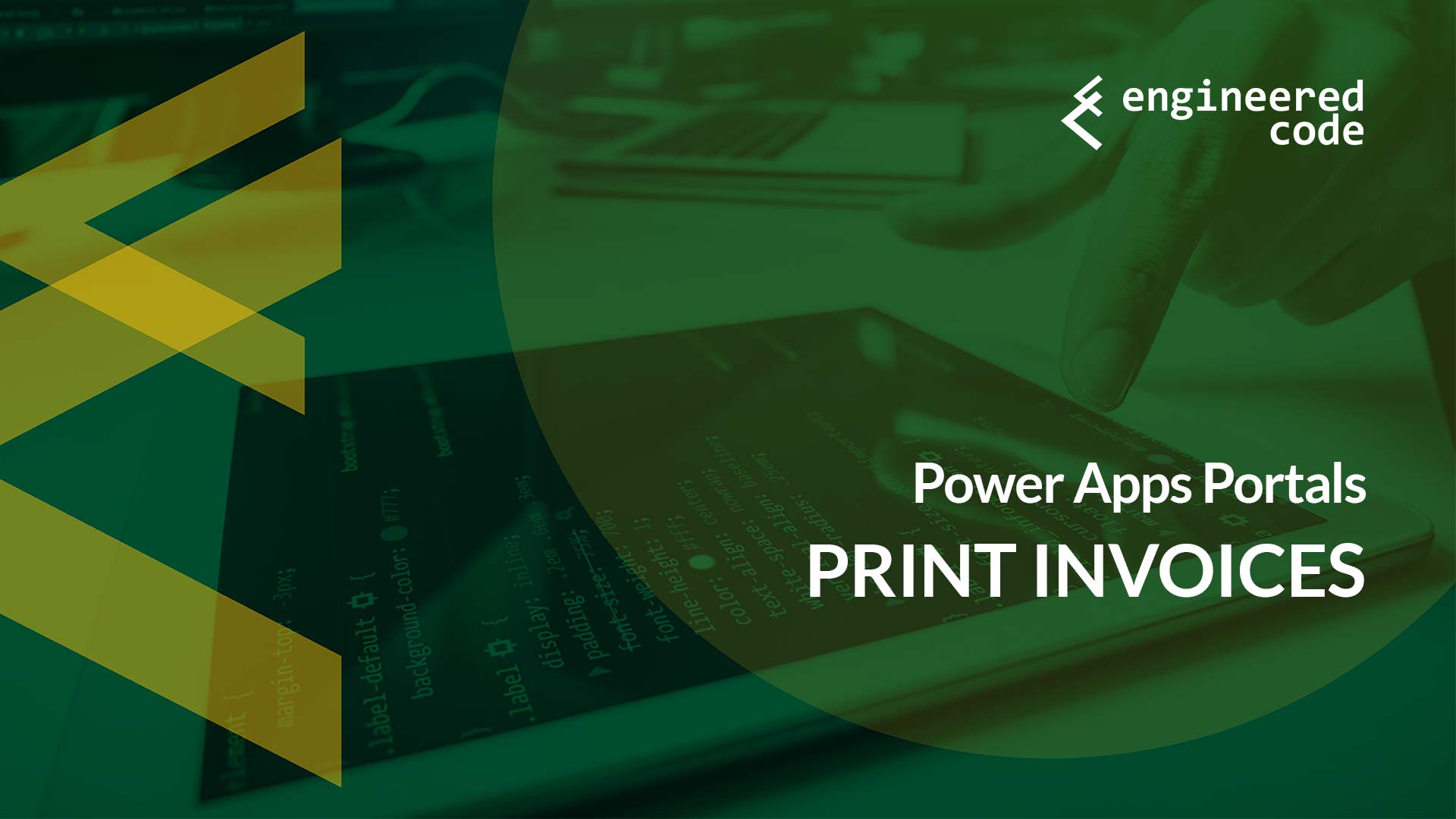
Power Apps Portals: Print Invoices
March 5, 2020 3 Min.To ReadThe topic of my first Portals Community Call back in January was the how to build a portal that allows a customer to view and print invoices. While solutions for this has been described by others (including Megan V. Walker’s excellent post), I also presented a different approach that I thought was worth covering in a blog post so that I could get a bit more into the technical details.
Popular Posts
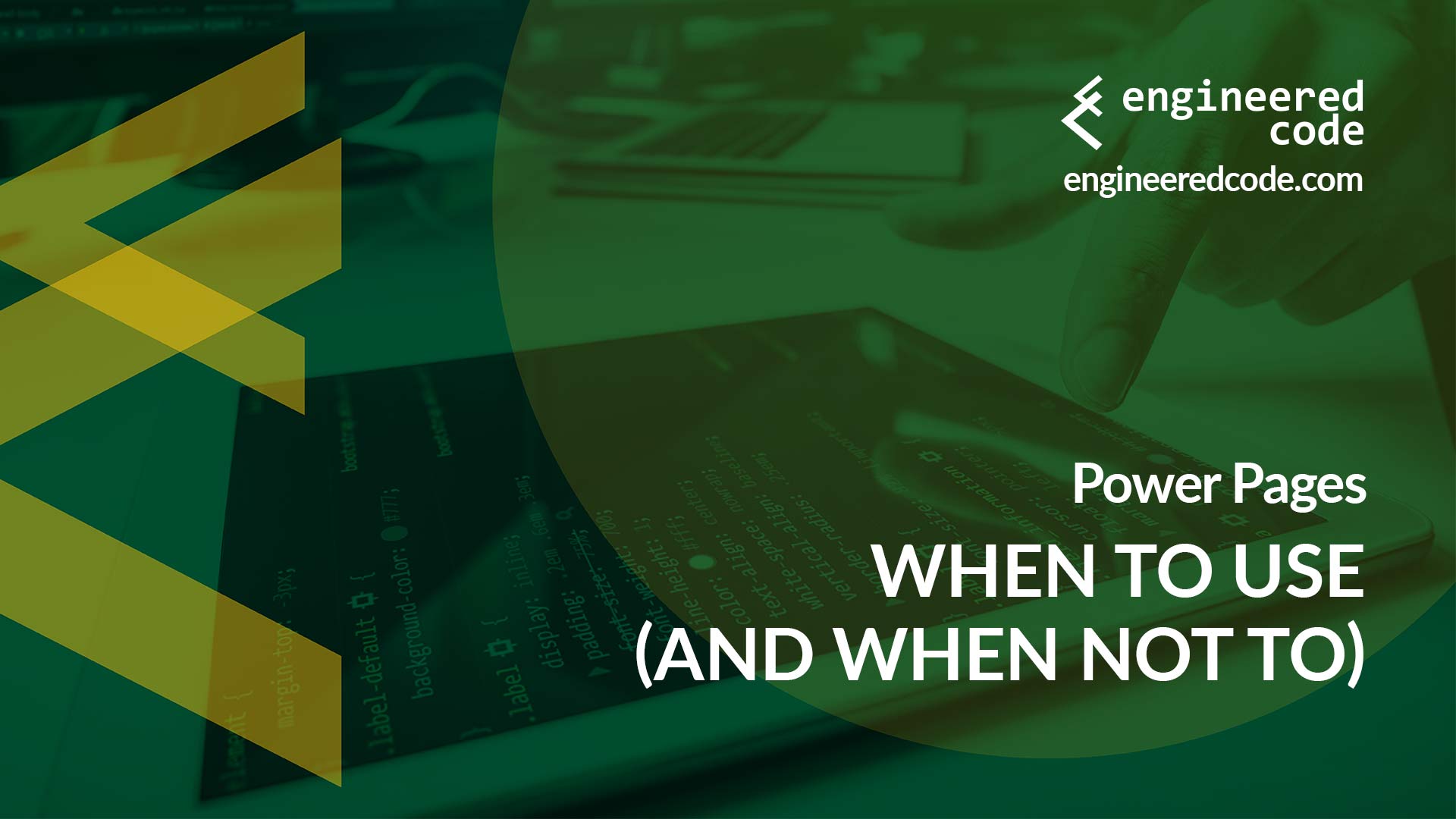
Power Pages: When to Use (and When Not To)
March 6, 2023 5 Min.To ReadThe growth of Power Pages has been an amazing story. Since being acquired by Microsoft in 2015, the product has gone from a niche add-on for Dynamics 365 Customer Engagement to a full-fledged product in the Power Platform. The visibility that comes with getting equal billing to other Power Platform products like Power BI, Power Apps, and Power Automate means that new people are discovering Power Pages all of the time. However, as with any software product, Power Pages isn’t always a fit, even if your project fall under the category of low code web application development platforms. In this post, I will share what I look for when trying to determine if Power Pages is a fit for a given project.

PowerApps Portals: Liquid and JavaScript – Better Together!
October 31, 2019 4 Min.To ReadPowerApps Portals offers two primary languages for customization: JavaScript and Liquid. This leads to confusion as to which technology should be used when – I’ll try to clear up some of that confusion in this blog post, as well as demonstrate that is many cases, the best option is a combination of the two.
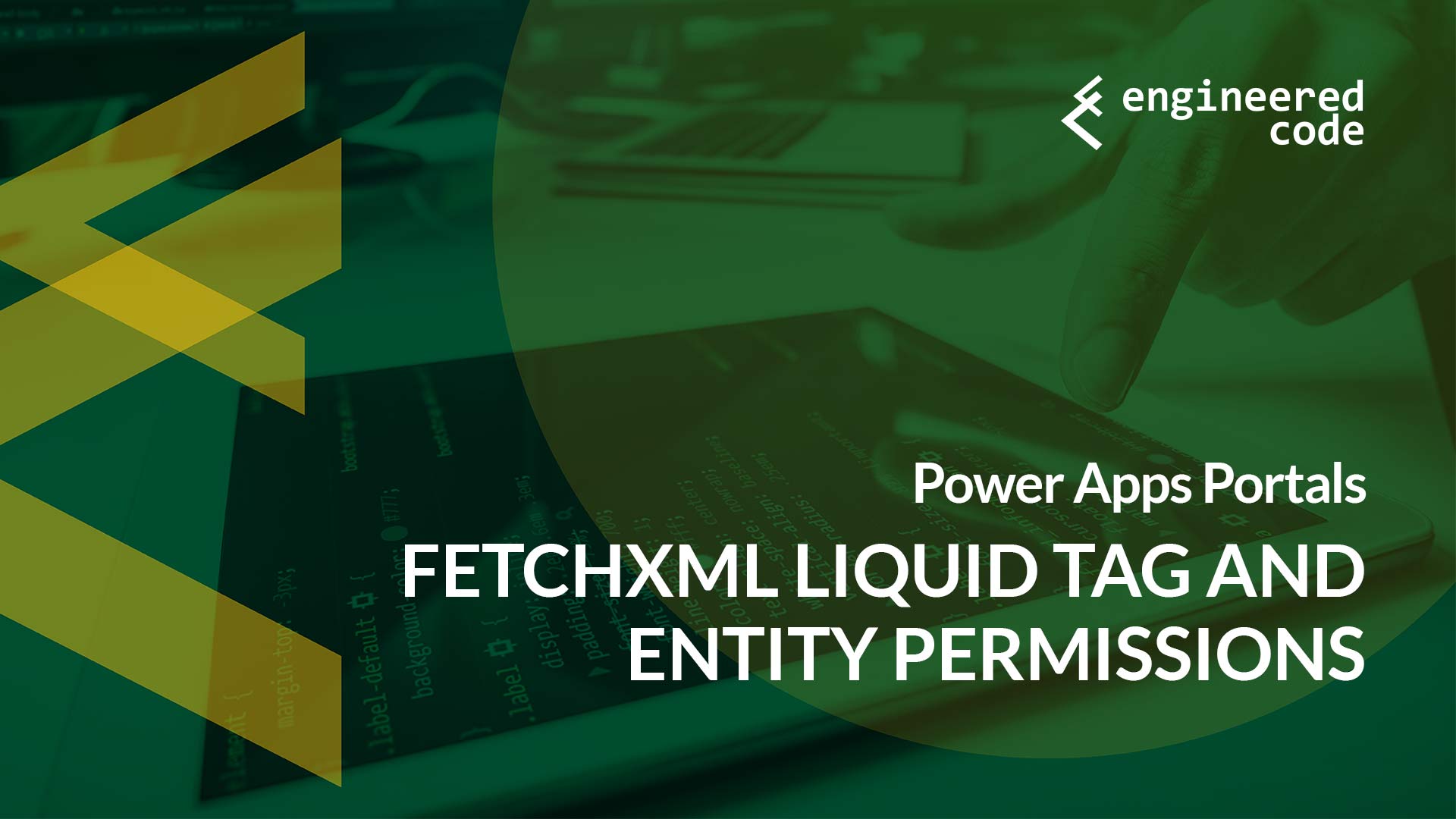
Power Apps Portals: fetchxml Liquid Tag and Entity Permissions
January 16, 2020 3 Min.To ReadThe fetchxml Liquid tag is arguably the most powerful Liquid tag in Power Apps Portals – it allows you to meet complex requirements for the display of data. But, if you combine it with a complex Entity Permissions model, you could find yourself getting unexpected errors. In this post I’ll cover what can cause those errors, and how to work around them.
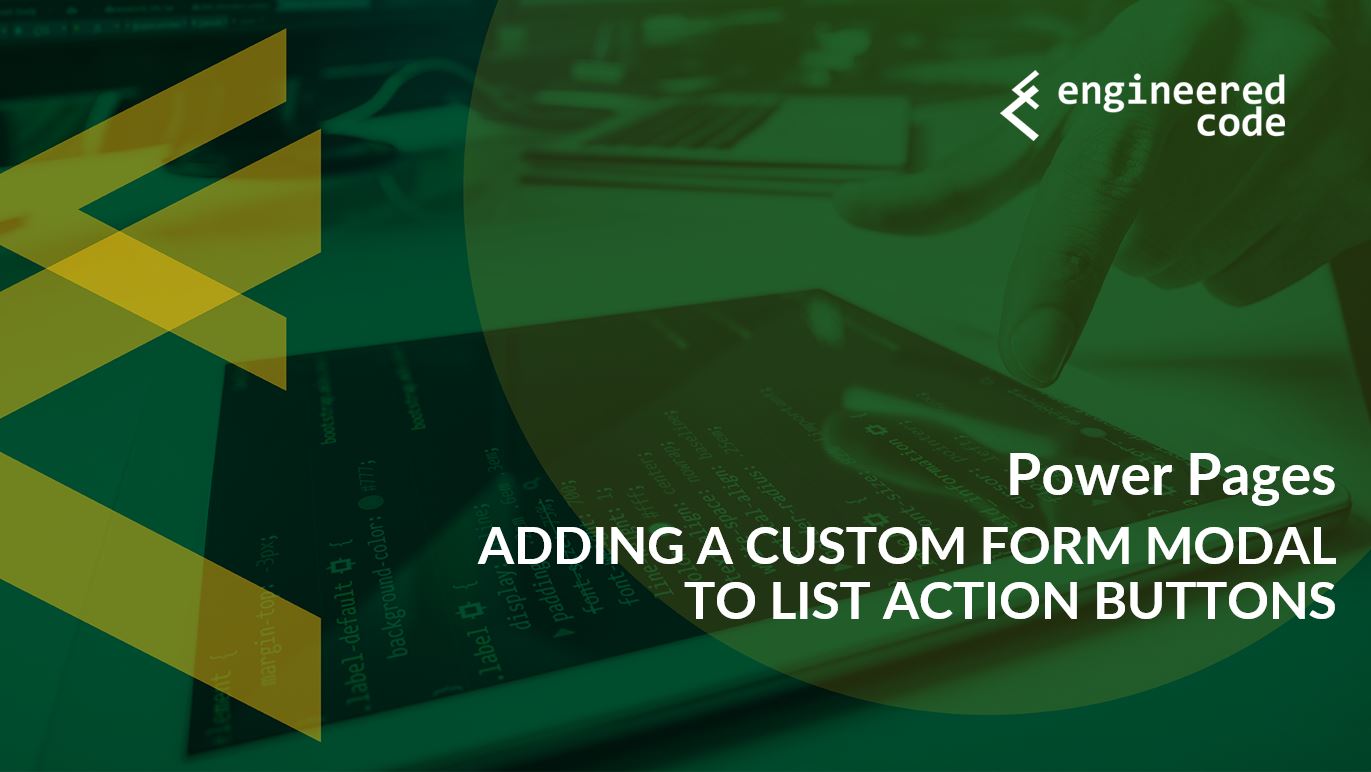
Power Pages: Adding a Custom Form Modal to List Action Buttons
December 8, 2023 6 Min.To ReadRecently there was a comment on my blog Power Apps Portals: Related Entity as Source of Next Web Form Step about adding a custom Edit button to a list or subgrid. In this case, rather than editing the main row in the table, they wanted to edit a row that was related to the main row. If you want the edit form to pop up in a modal, it requires a bit of JavaScript. In this post, I’ll go through what you need to do in order to achieve this functionality.
